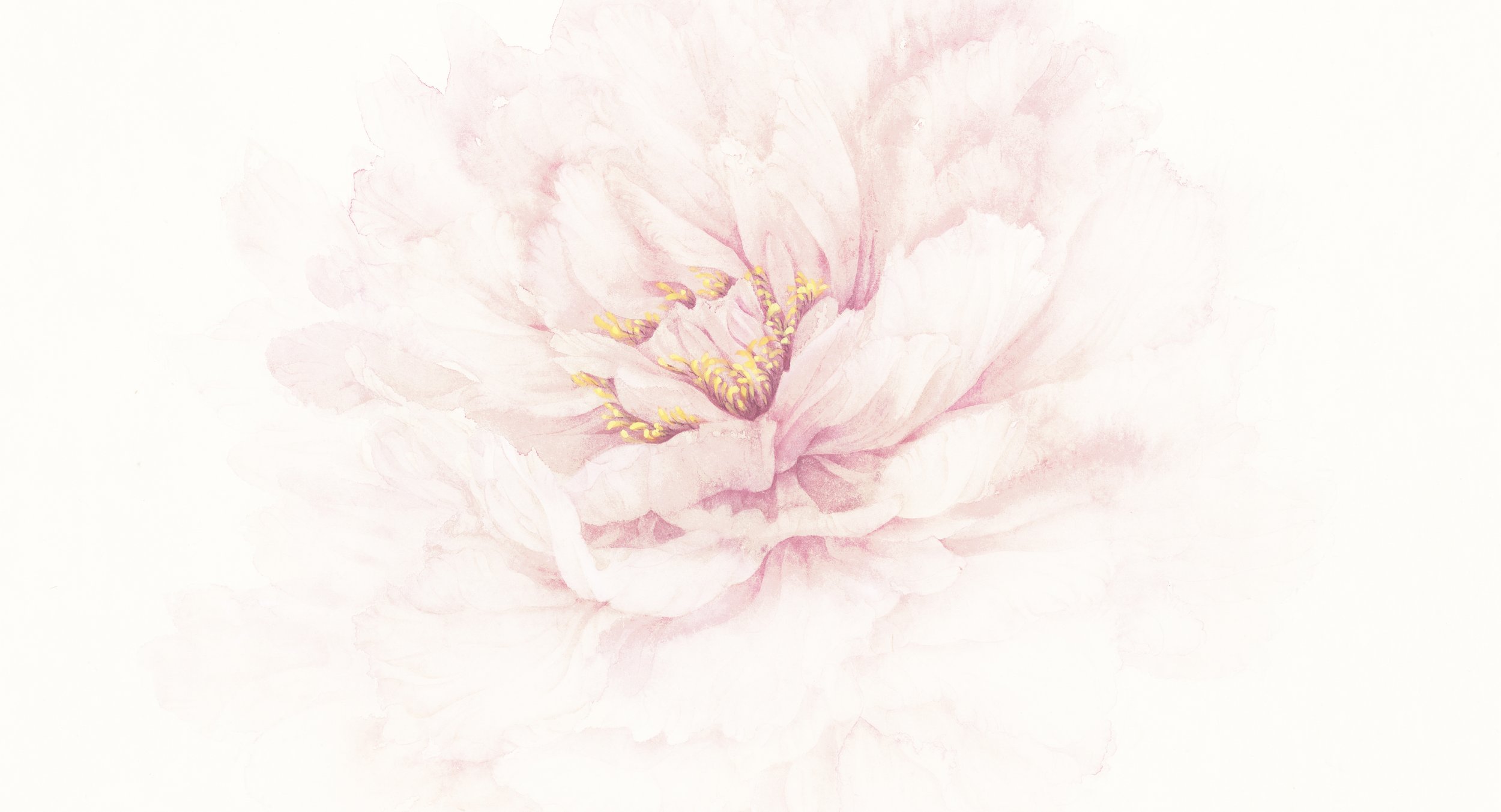
Technical Brush Painting Styles
There are many styles of Chinese watercolor, each using different techniques. Some are quick and some are quite time consuming. Traditional Chinese watercolors are mineral and vegetable pigments premixed with some kind of binder, mostly animal glue. Ink is composed of soot and glue mixed with water. ➤
➤ The two major technical styles of Chinese Brush Painting are described as gōngbĭ (工 笔), called “fine-brush” or “elaborate,” and xiěyì (寫意), called “freehand” or “impressionistic.”
Gōngbĭ (工 笔)
Baimiao (白描 — line drawing): Ink alone is used to outline subjects. Ink washes are sometimes used to create depth and texture.
Dancai (淡彩 — light colors): Ink is used to outline subjects, which are then colored using plant-based pigment washes. The result is translucent and elegant.
Zhongcai (重彩 — strong colors): Ink is used to outline subjects which are then colored using mineral-based pigments. The resulting colors are bright and intense. These paintings are decorative in nature.
Mogu (沒骨 — boneless): In mogu-style painting there are no ink outlines. Ink is replaced by colors. Moist colors indicate the outlines and give these textured paintings a refined color palette.
Xiěyì (寫意)
Xiěyì is considered the fundamental approach to Chinese painting. It embraces a Jin Dynasty (4th century) aesthetic theory which, above all, emphasized the sentiments. Even in ancient times, Chinese artists reached for personal expression beyond reality. In this form of watercolor painting, the artist does not depict the reality of their subject so much as the spirit of and understanding of their personal relationship to their subject. Artists often combine xiěyì with gōngbĭ styles.





